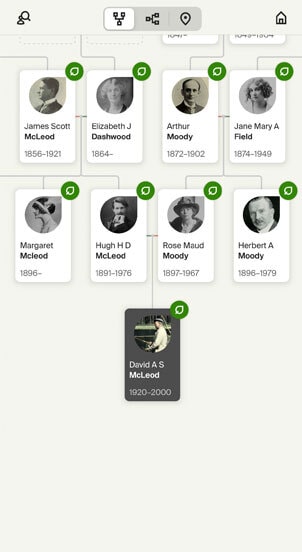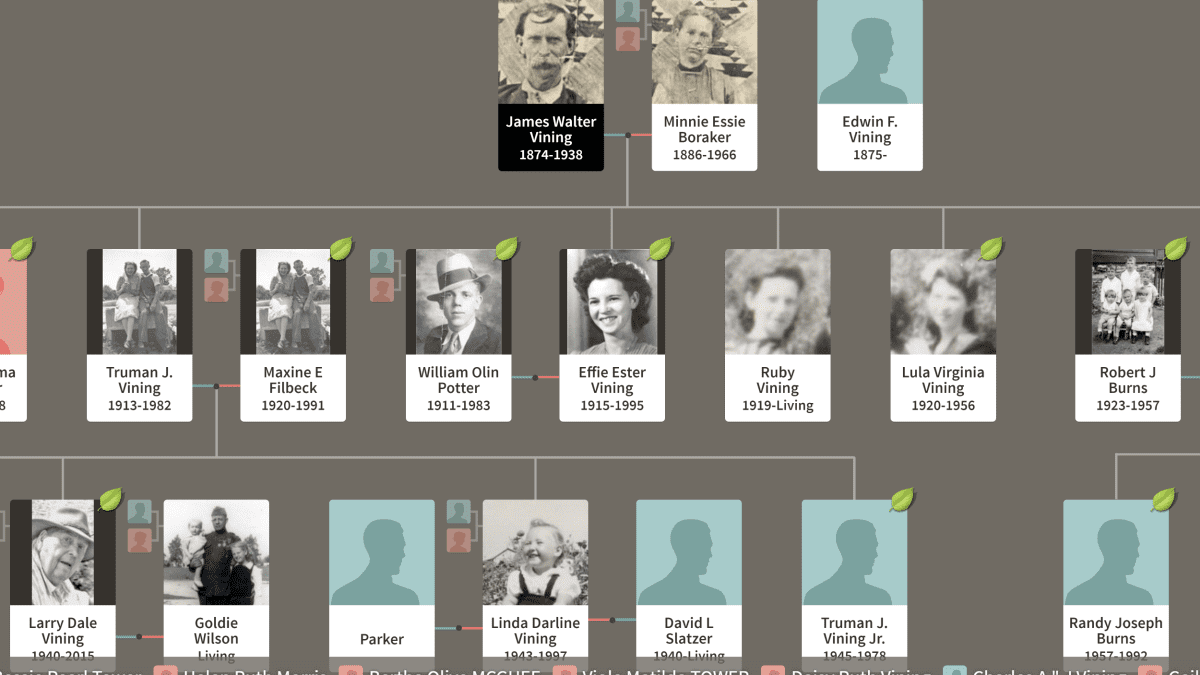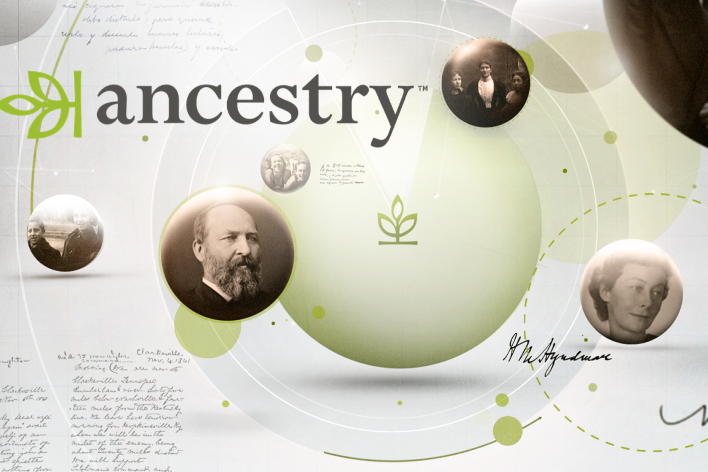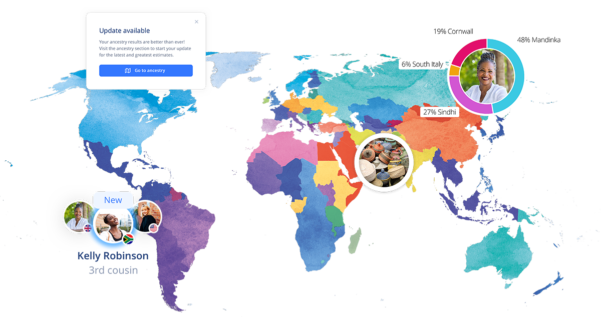Researching your family history is a great way to learn more about the people who came before you. You might find that looking for information about your ancestors can be an interesting, engaging, and enlightening experience.
Introduction
Image Source: Link
If you want to learn more about your ancestry, some tips can help you get started. One of the best ways to learn about your ancestors is to talk to older family members. Ask them about their parents and grandparents, and see if they have any old photos or documents that can give clues about your family history.
Another great way to learn more about your ancestry is to research your family name. See if a coat of arms or family crest is associated with your surname, and look into the name’s origins. You can also search online databases and records to learn more about your ancestors.
Finally, don’t forget to look into your DNA. With DNA testing becoming more popular, you may be able to learn even more about where your ancestors came from and what their genetic makeup was.
How DNA Works?
Image Source: Link
When it comes to learning about your ancestry, DNA can be a helpful tool. But how does DNA work?
DNA is made up of molecules called nucleotides. These nucleotides are arranged in a double helix, which is a spiral shape. The order of the nucleotides determines the information stored in the DNA.
Humans have 23 pairs of chromosomes, which are made up of DNA. 22 of these pairs are called autosomes, and the 23rd pair is called the sex chromosomes. Autosomes control traits unrelated to genders, such as eye color and hair color. The sex chromosomes determine an individual’s gender.
Each human cell has 46 chromosomes (23 pairs). When cells divide, they copy their DNA so that each new cell has an exact copy of the original cell’s DNA. This process is how we grow and develop from a single cell into a fully-formed person.
Ancestry Tests
Image Source: Link
There are several ways to go about learning more about your ancestry. One way is to take an ancestry test.
Ancestry tests can be taken through companies such as 23andMe, FamilyTreeDNA, and Ancestry.com. These companies will use your DNA to trace your lineage back through time.
The results of these tests can be interesting and enlightening and help you better understand your place in the world. However, it is important to remember that these tests are not 100% accurate and should not be used as the sole source of information about your ancestry.
If considering taking an ancestry test, it is important to do your research beforehand and choose a reputable company. You should also be prepared for the possibility that the results may not be what you expected.
Differences between Ancestry and Family Tree
Image Source: Link
Many websites allow you to research your ancestry and family tree. However, there are some key differences between these two types of resources.
Ancestry is a website that allows you to research your family history and build a family tree. You can search for historical records, such as birth, marriage, and death certificates, as well as Census data. Family Tree is a website that allows you to create a public or private family tree. You can invite other family members to contribute to your tree and add photos, documents, and stories.
Downloading your raw data file
Image Source: Link
You can download your raw DNA data for free if you have an Ancestry account. To do this, log in and click on the “DNA” tab. Then, click on the “Settings” icon in the top right corner and select “Download Raw Data.” You will be prompted to enter your password to confirm the download. Once the download is complete, you will have a file with all of your raw DNA data.
Sharing your results with other genealogists
Image Source: Link
Once you have your results, sharing them with other genealogists is important. This allows you to find new connections and learn more about your ancestry. There are a few ways to do this:
- Post your results on online forums: Many online forums are dedicated to genealogy. By posting your results on these forums, you can connect with other genealogists who may be able to help you learn more about your ancestry.
- Share your results on social media: social media is a great way to connect with other genealogists. By sharing your results on social media, you can reach a larger audience and potentially find new connections.
- Attend genealogy conferences: Genealogy conferences are a great way to meet other genealogists and learn more about your ancestry. Attendees typically share their research findings with others, which is a great way to get new information about your family history.
Conclusion
Image Source: Link
There are a lot of tips and tricks to help you learn more about your ancestry and uncover your family story. The best start is talking to your elders and asking them about their experiences and family history. You can also look into public records, such as birth, death, marriage, and census records, which can give you some clues about your ancestors. Finally, don’t forget to explore online resources, such as genealogy websites and message boards, which can connect you with other people who might be able to help you piece together your family story.






